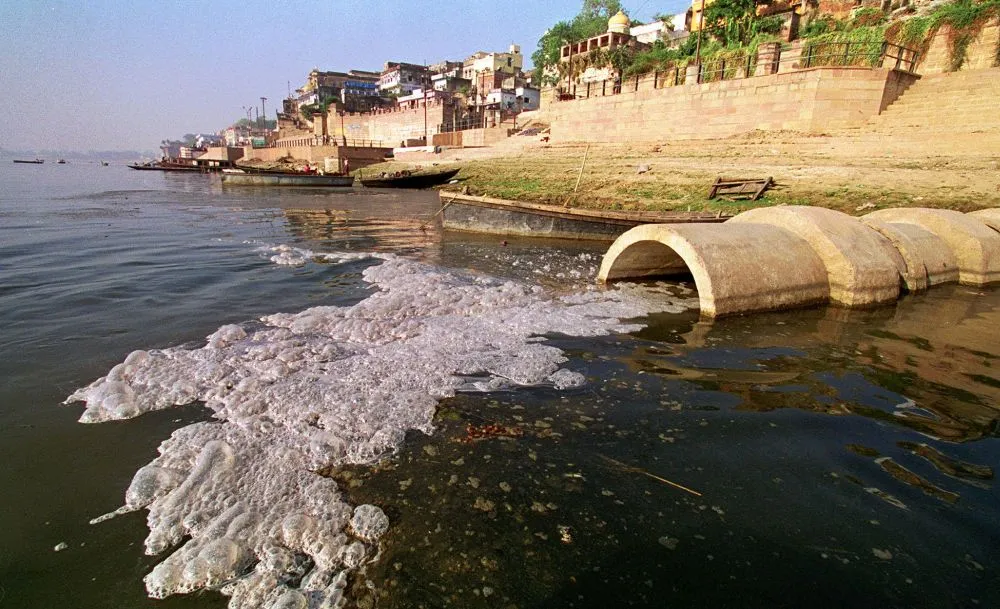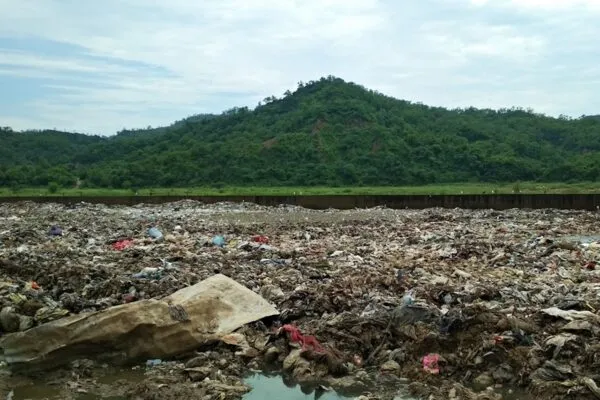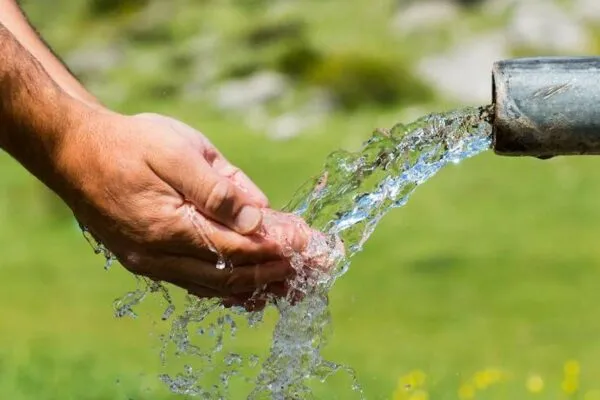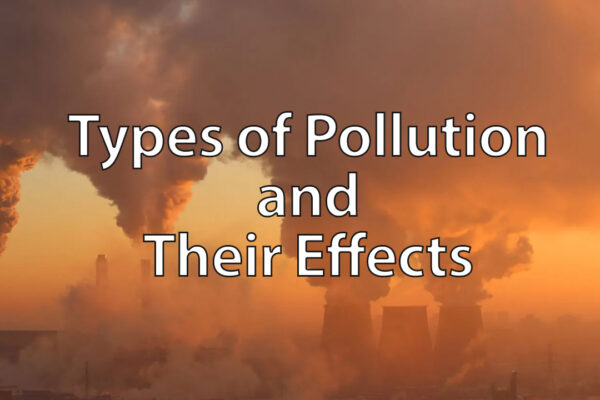Centre to Use Fortified Ganga Sludge as Alternative to Chemical Fertilisers
Efforts are in progress to generate fortified sludge and provide it to farmers at subsidised rates in a bid to reduce the use of chemical counterparts
The Centre is planning to use the fortified sludge of Ganga River as an alternative to chemical fertilisers and promote organic farming. According to the officials, this step will help prevent toxic chemicals from entering water streams, while tackling the issue of increasing sludge simultaneously.
Director-General of National Mission for Clean Ganga (NMCG), Asok Kumar said that in the last two weeks several discussions were held on ways to handle the sludge from the Ganga River. He added that treated water, which is rich in phosphorus and other nutrients, is good for crop yield and can fairly replace chemical alternatives.

Image: Bhilwara Halchal
Kumar said;
We found that treated sludge can be very similar to fertiliser. So, if we can add a little bit of fortification, then it (sludge) can be as good as a fertiliser and will help in organic farming. We are in talks with companies to produce fortified sludge that could be used as fertilisers and given to farmers at a subsidised rate.
According to Kumar, farmers might prefer the eco-friendly alternative to the chemicals if they are given a fair deal. If companies can produce well-fortified fertilisers from the sludge, farmers can be given incentives to encourage them to use it.
Also Read: Government Says River Ganga fit for Bathing, is it though?
If successful, this step can help the water systems a great deal. Chemical fertilisers are full of phosphates and nitrates that are the main sources of water pollution across the country. Another pollution source is cow dung entering water sources, however, this can be used as natural manure in the fields.
The NMCG was launched in 2015 as an umbrella programme that aims to include previous and current projects and new initiatives planned for cleaning one of the country’s largest rivers. The projects have been working on various aspects of the cleaning process that includes the development of sewerage infrastructure, industrial effluent treatment plants, rural sanitation and river surface cleaning.
Via: Economic Times


